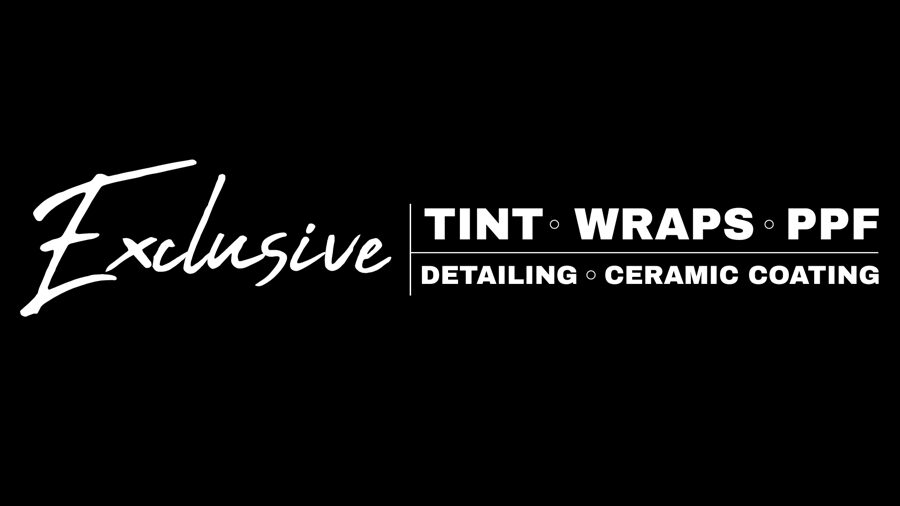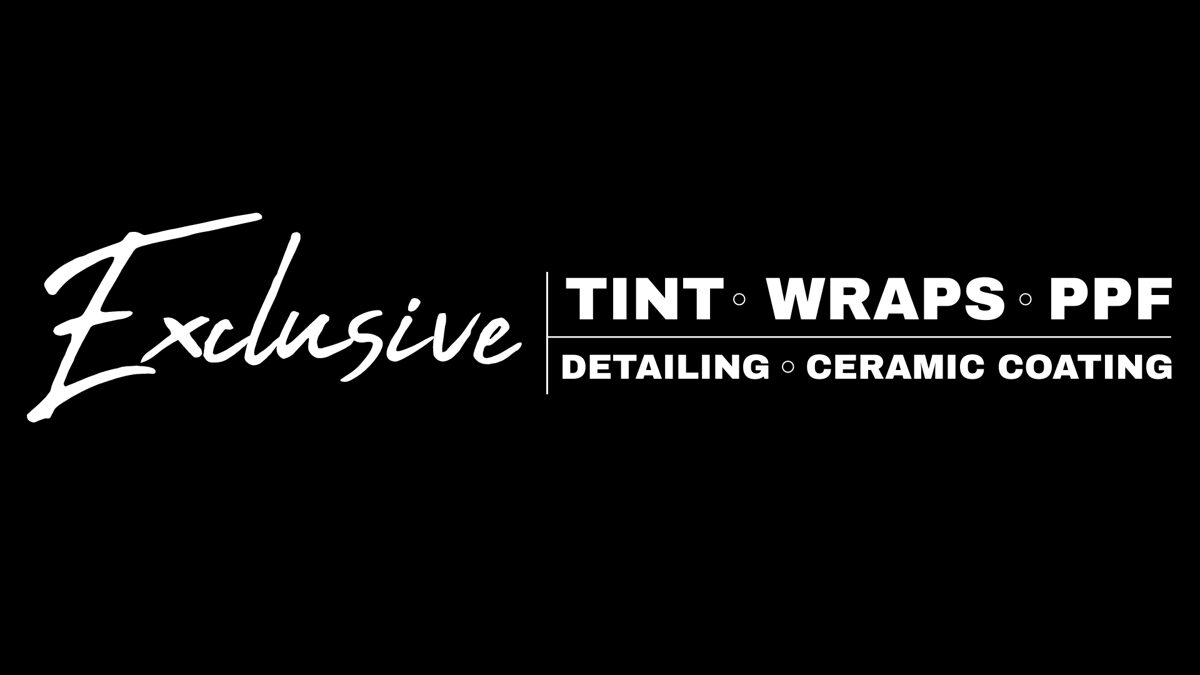About Us
EXCLUSIVE WINDOW TINTING DELRAY BEACH VISUAL QUALITY GUIDELINES FOR WINDOW TINT
As a window film installer, EXCLUSIVE WINDOW TINTING DELRAY BEACH strives to create customer experiences that result in satisfaction and loyalty. To meet our mission, we follow the International Window Film Association's (IWFA) window film guidelines. It's important to note that tint is not expected to have the same visual quality as glass and the guidelines we follow only apply to the film and not a defect in the glass.
AUTOMOTIVE STANDARD:
Installed automotive tint has a delayed time for full adhesion due to the solution used, known as the "cure time." The time it takes for the film to fully cure is related to thickness of the film and the various specialized coatings on the film. Typical cure times may also last longer than expected due to weather and vehicle storage. Our special high-performance films (Ceramic-IR and Nano-Ceramic-IR) will have longer cure times due to them being a ceramic film.
After application, every vehicle goes under a visual inspection, this is before full cure is achieved. It should be noted that certain observations during clearing and drying, such as water distortion, and water haze are not to be regarded as defects.
According to the IWFA the glass with applied tint shall be viewed at right angles to the glass from inside the vehicle, and outside the vehicle from a three feet distance. Viewing shall be carried out in natural daylight.
The installation shall be deemed acceptable if all of the following are unobtrusive (effects during cure should be disregarded): Dirt Particles, Hair and Fibers, Adhesive Gels, Fingerprints, Air Bubbles, Water Haze, Scores and Scratches, Film Distortion, Creases, Edge Lift, Nicks and Tears.
The film edge may have a maximum gap of up to 1/4” inch. This ensures that the film's edge is not lifted by contact with the frame gasket when a window is raised and lowered inside its frame.
If you feel there is an issue, an additional inspection may be made 2-3 weeks after installation. Obtrusiveness of blemishes shall be judged by looking through the film installation in natural daylight and three feet away.
With "bubbles" after the curing process, most of the time they end up coming from small specks of dust or lint that gets trapped under the film during the installation process. A minor amount of these is normal(up to 5%), even with extremely experienced window tint installers. Contamination is an unavoidable side effect of aftermarket window tint. With this we do have standards of what is acceptable and what is unacceptable. The below image demonstrates this:
ARCHITECTURAL STANDARD:
Installed film has a discrete time for full adhesion to be affected since installation utilizes a solution to float the film onto the glass: the excess water is squeegeed out, but inevitably residual water will remain between the film and glass. The time to achieve full adhesion is often referred to as “the cure time”. Visual and adhesive cure time is related to thickness of the film and various metallic coating on the film. Typical visual cure times may be extended or shortened according to climatic conditions.
Certain films with special high-performance coating may have lengthened cure times.
Inspection for optical quality can be made before full visual cure is attained. The below table provides a guide for typical visual cure times. It should be noted that effects during cure, such as water bubbles, water distortion, and water haze are not to be regarded as defects.
Film thickness in mils Film thickness in microns(µ) Typical Cure Time (days)
Up to 4mm, up to 100µ: 30 days
4mm to 8mm, 100µ to 200µ: 60 days
8mm to 12mm, 200µ to 300µ: 90 days
Over 12mm but not more than 17mm, over 300 but not more than 425 140 days
The glass with applied film shall be viewed at right angles to the glass from the room side, at a distance of, not less than, 6 feet. Viewing shall be carried out in natural daylight, not in direct sunlight, and shall assess the normal vision area with the exception of a 2 inch (50mm) wide band around the perimeter of the unit.
The installation shall be deemed acceptable if all of the following are unobtrusive (effects during visual cure should be disregarded): Dirt Particles, Hair and Fibers, Adhesive Gels, Fingerprints, Air Bubbles, Water Haze, Scores and Scratches, Film Distortion, Creases, Edge Lift, Nicks and Tears.
If you feel there is an issue, an additional inspection may be made 2-3 weeks after installation. Obtrusiveness of blemishes shall be judged by looking through the film installation under lighting conditions described.
The 2 inch (50mm) wide band around the perimeter shall be assessed, but a small number of particles is considered acceptable where poor frame condition mitigates against the high-quality standards normally achieved.
Edge gaps will normally be 1/32 – 1/16 inch. This allows for the water used in the installation to be squeegeed out. This ensures that film edges are not raised up by contact with the frame margin. Contact with the frame margin could lead to peeling of the film.
For thicker safety films the edge gaps will normally be 1/32 – 1/16 inch, with 1/32 – 1/8 inch being acceptable for films of (7 mil (175)). Combination solar control safety films will also fall within this standard. An edge gap of up to 1/16 inch is recommended, especially for darker (tinted, metallized, tinted/metallized, and sputtered) films, to minimize the light line around the edge of the installed film.
Splicing of films is necessary when larger panels of glass are treated, where both length and width of the glass exceed the maximum width of film. The splice line itself should not be viewed as a defect. This line should be straight and should be parallel to one edge of the frame margin. The two pieces of film may be butt jointed. The maximum gap at any point in the splice line should be 1/64 inch. Film may be overlapped, spliced or butt jointed.


